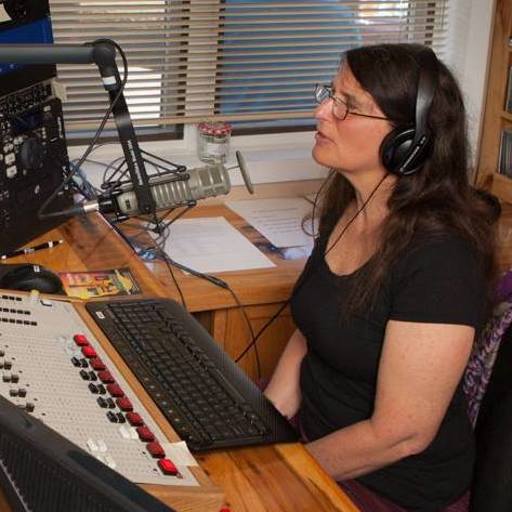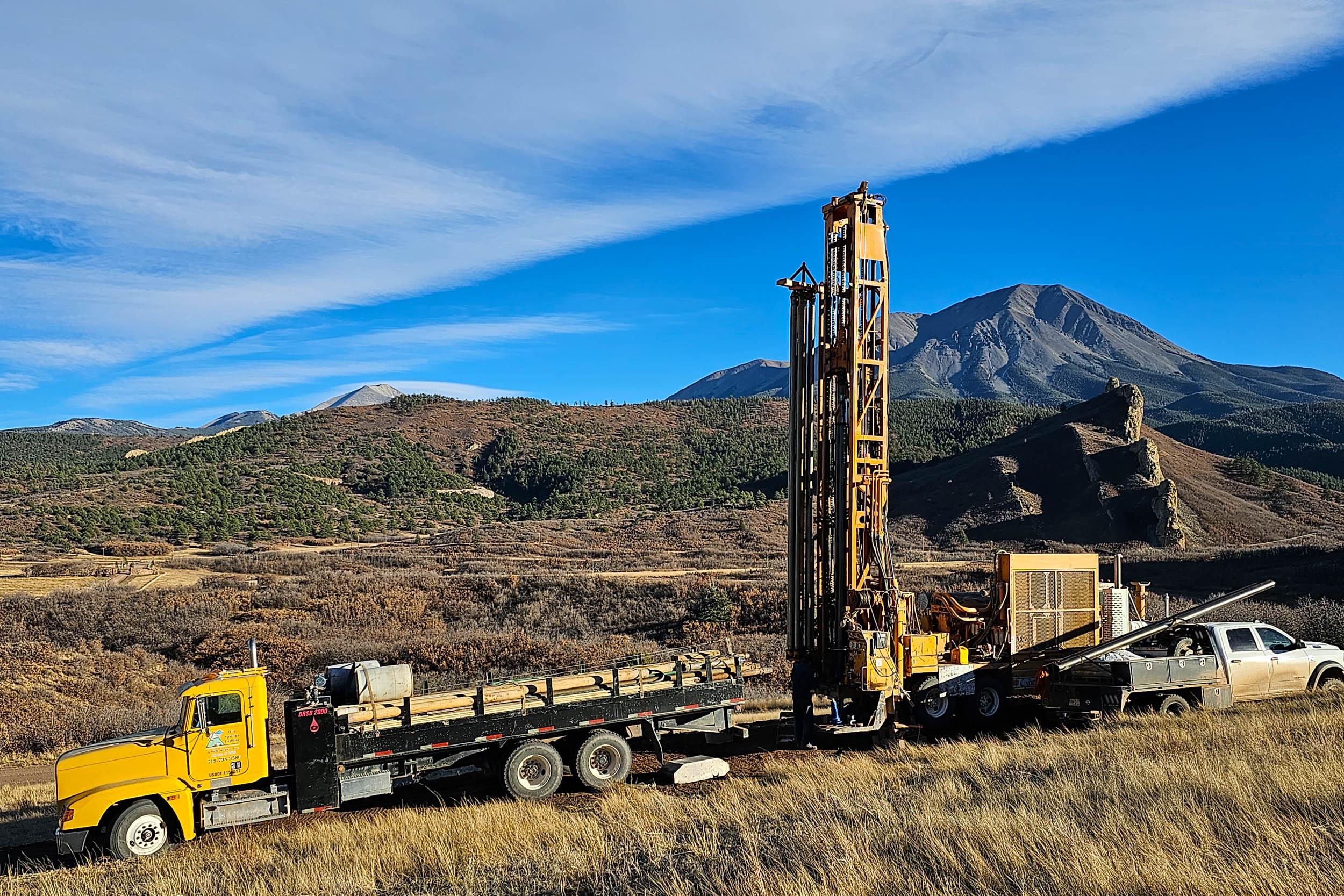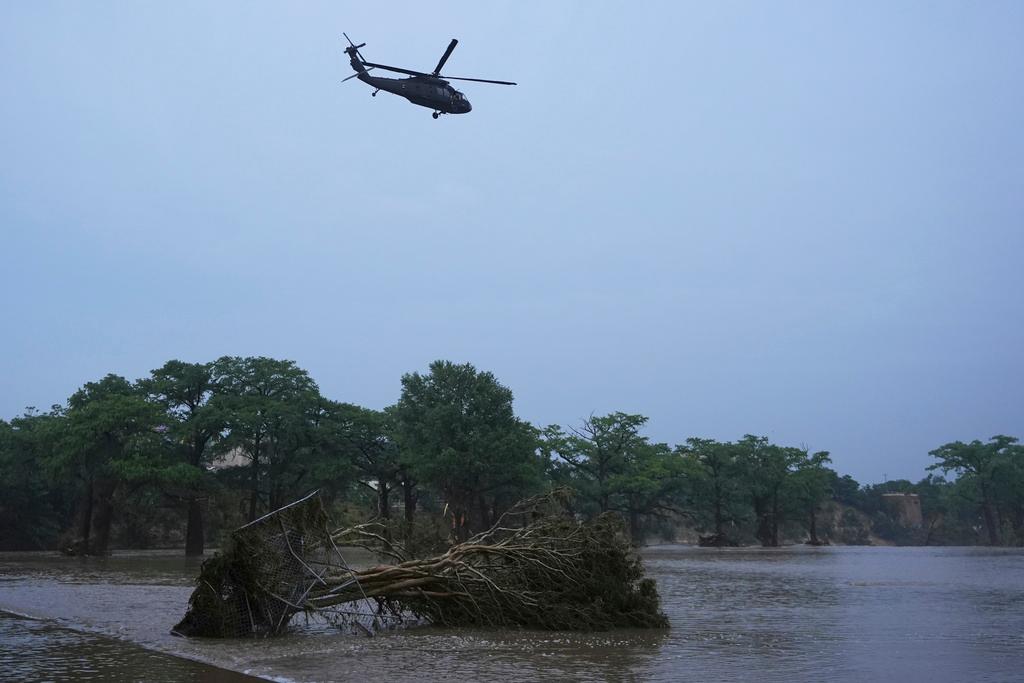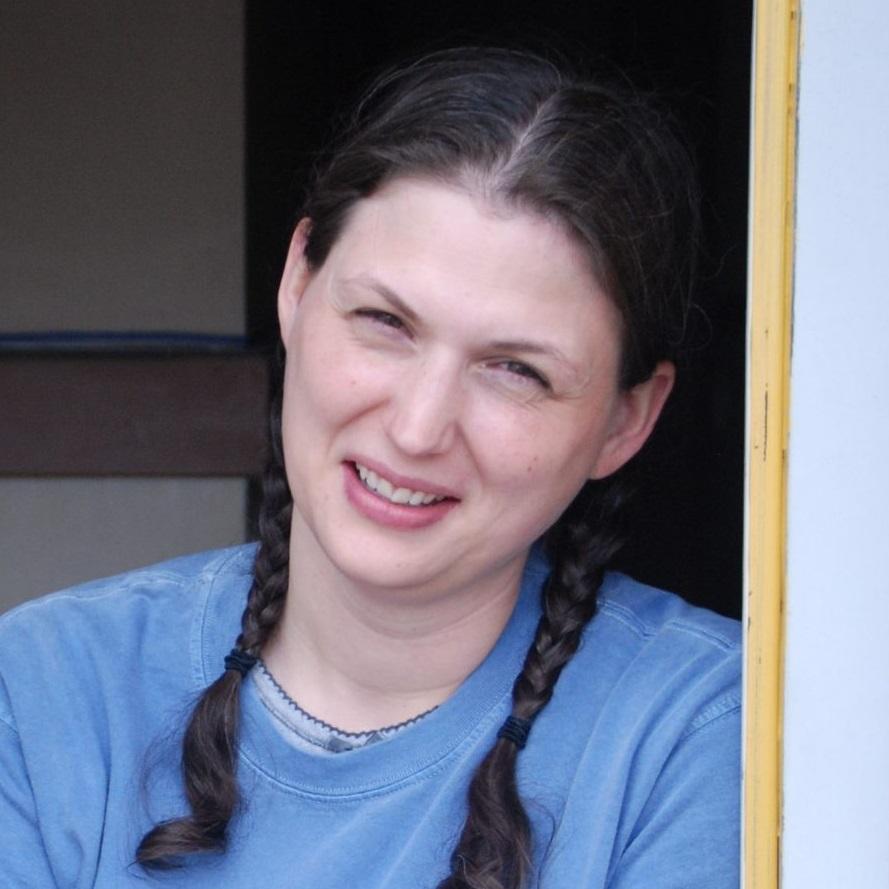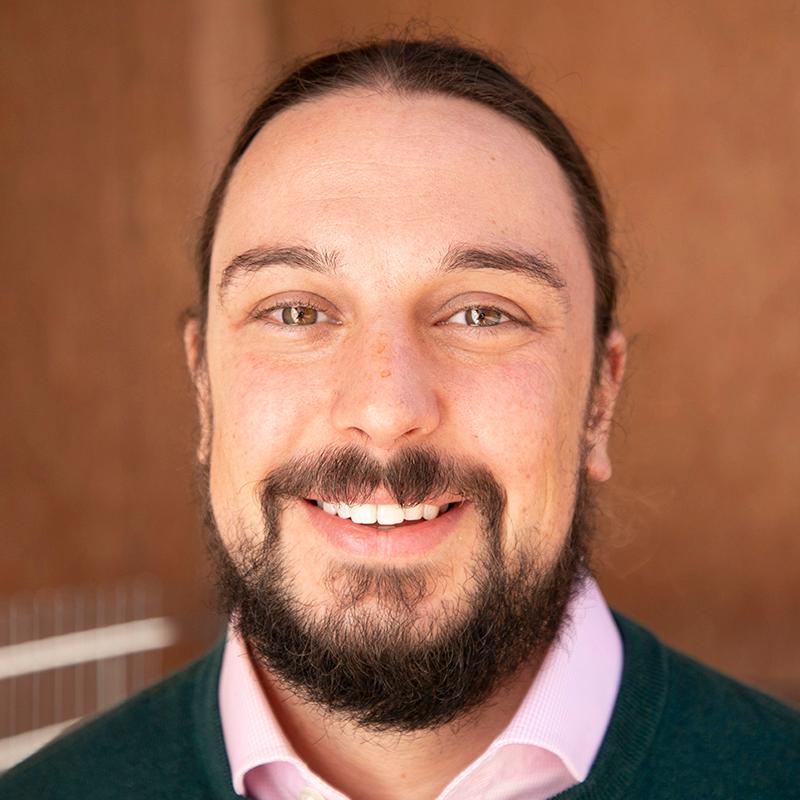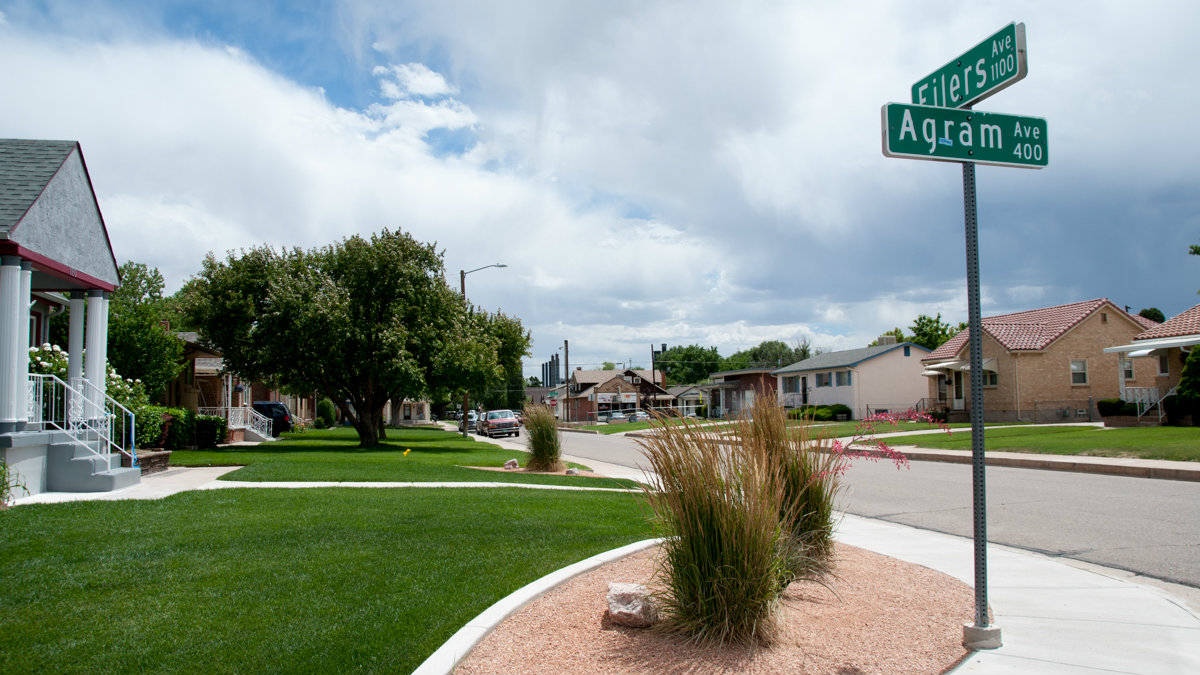
Nearly all of southern Colorado has seen decreases in vacant housing units during the last decade according to the 2020 Census.
El Paso and Pueblo counties have the largest populations in southeastern Colorado and both added housing units since 2010, some 34,000 and 2,400 respectively. Yet last year, each had less than 7 percent of housing units vacant. Pueblo had a decrease in available housing during the last decade that was among the steepest in the state.
Meanwhile in Custer and Park counties, which have a lot of second homes, more than 44 percent of housing units are vacant.
The U.S. Census Bureau defines a housing unit as separate living quarters which can range from an entire home to a single room. A vacant housing unit means no one was living there at the time the census was done. This includes second homes and new construction closed in with usable windows, doors and floors.
Nearly all of the southeastern plains and San Luis Valley counties lost housing units overall, with Baca losing some 12 percent of its total housing units, the largest decrease in the state.
Statewide, the number of total housing units increased by more than 278,000, but there were 2.7 percent fewer vacant units.
- For people sleeping in their cars, parking lots serve as a safe place to get back on their feet
- Gunnison was an affordable alternative to Crested Butte. Then came the second homes, vacation rentals and remote workers
- While tourism booms in Telluride because of its recreation and festivals, its housing market is at a crossroads
- Colorado’s housing crisis explained. CPR News is exploring the issue by meeting the people living through it
